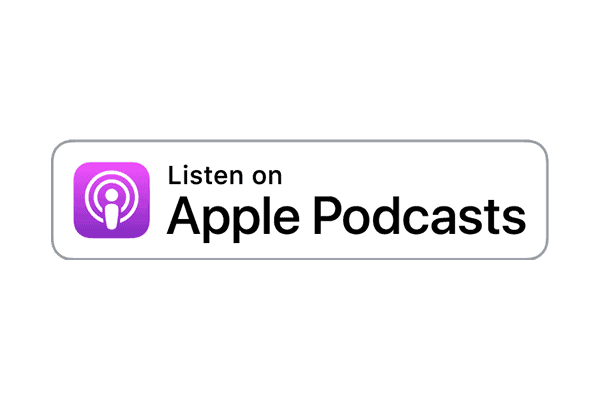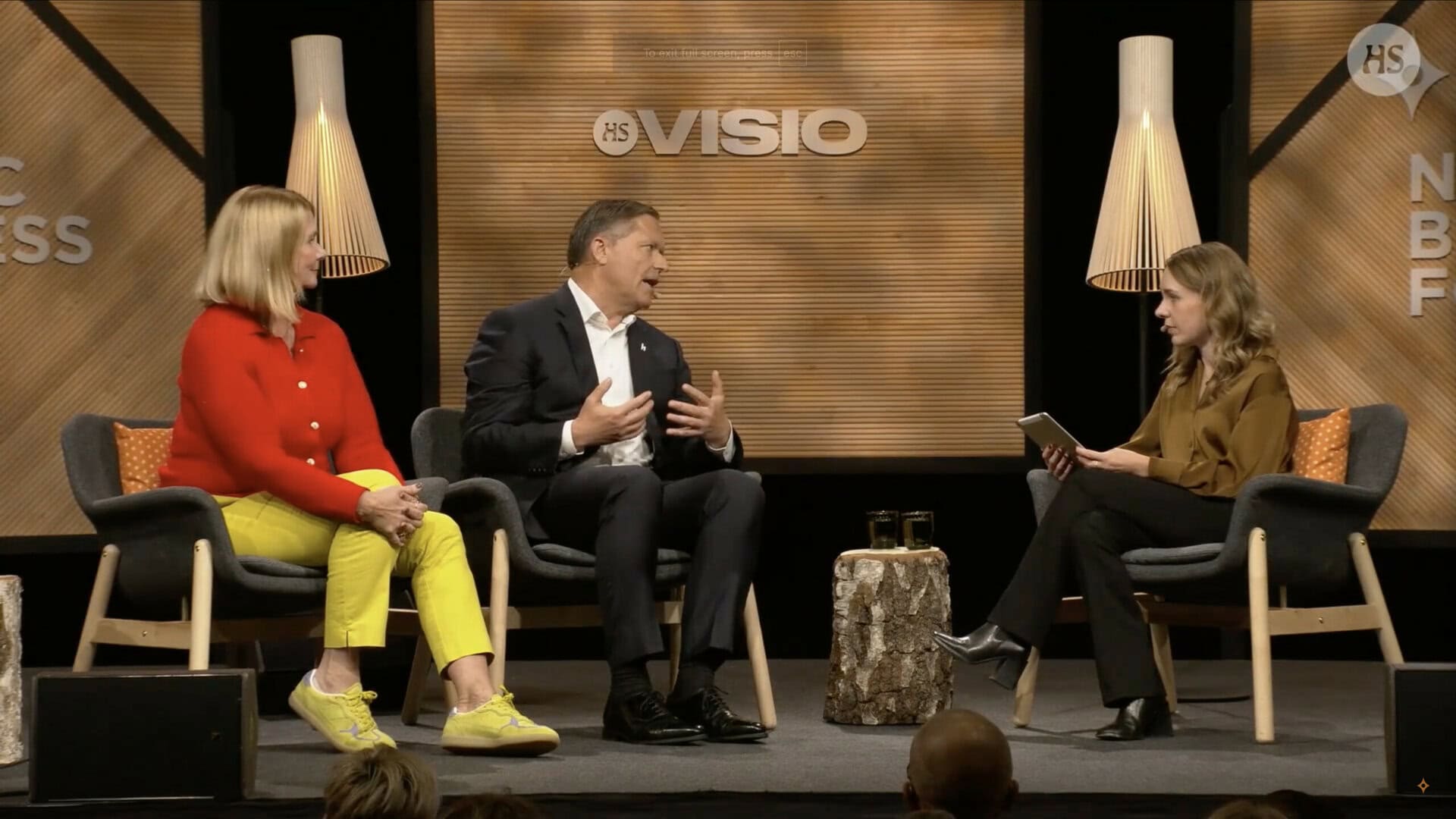Behind the Keynotes
Episode 5: Developing Foresight & Strategy
Study Guide
Lesson Notes
In an unpredictable world, leaders cannot rely on forecasting the future with certainty. Instead, our experts argue that leaders must cultivate foresight by understanding the present, embracing experimentation, and maintaining a balance between long-term vision and short-term adaptability.
From Prediction to Creation
Foresight Starts in the Present
Morten Hansen and Bozoma Saint John argue that predicting the future is nearly impossible. Instead, leaders should focus on deeply understanding the present. By analyzing shifts in culture, customer behavior, and market trends, organizations can identify early signals of change. As Bozoma explains, today’s trends plant the seeds for tomorrow’s reality. By staying attuned to emerging patterns and customer desires, leaders can move from passively forecasting to actively creating the future.
Experimentation Over Forecasting
Morten Hansen introduces the concept of empirical creativity. Rather than attempting to predict future trends, organizations should create small experiments, observe their impact, and scale successful initiatives. This iterative approach allows for course correction and continuous learning, reducing the risk of major strategic missteps.
The Value of Failure
Chris Voss reframes setbacks as learning opportunities and ways of gathering information. If something feels like a setback, it is an indication that you are too fixated on the original plan and the situation calls for re-evaluation. Rather than resisting failure, leaders should analyze setbacks as feedback loops that refine strategy. Sanna Suvanto-Harsaae reinforces this idea, explaining that high-performing teams extract lessons from setbacks and use them to adapt their strategies. What they don’t do is spend energy on fault-finding and assigning blame.
Balancing Long-Term Vision and Short-Term Execution
While long-term strategy is crucial, Björn Wahlroos argues that leaders should not be overly rigid in their strategic planning. He claims that results come from short- and medium-term decisions. Sanna Suvanto-Harsaae also provides a practical approach to strategic goal setting:
- Define a long-term target (e.g., doubling product sales in two years).
- Identify the conditions required to achieve that goal.
- Work backward to create an actionable roadmap.
This method ensures strategic alignment while allowing for flexibility. Successful organizations blend vision with adaptability, making adjustments based on timely input while keeping their overarching goals in mind.
Ask Yourself
Am I actively engaging with customers to understand their current needs?
Bozoma Saint John stresses that the best predictor of future success is knowing what customers want today. Are you ensuring that your team listens to and responds to customer feedback in real-time, rather than making assumptions about future trends?
Am I fostering a culture of experimentation in my organization?
- Morten Hansen highlights “empirical creativity”—the practice of running small experiments to test new ideas and scaling the ones that succeed. Are you encouraging your team to take calculated risks and iterate rather than relying on long-term forecasts?
Do I view setbacks as learning opportunities rather than failures?
Chris Voss reframes setbacks as signals that a strategy needs adjustment. Do you encourage your team to analyze setbacks and use them as stepping stones for smarter decisions?
Do I encourage my team to set ambitious goals and work backward to achieve them?
Sanna Suvanto-Harsaae advises leaders to define their desired future state and then determine what needs to be true for that goal to be achieved. Are you helping your team set bold targets and creating a roadmap that allows for iterative progress?

The Episode in 3 Quotes
“All of us want a crystal ball, but I have always said that in order to know what’s next, you need to pay attention to what’s happening right now.” – Bozoma Saint John
“Setbacks are a way of gathering information, of getting smarter.” – Chris Voss
“You look in the past to learn, and then you move forward to improve.” – Sanna Suvanto-Harsaae




